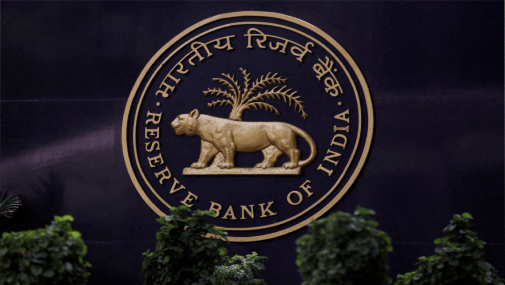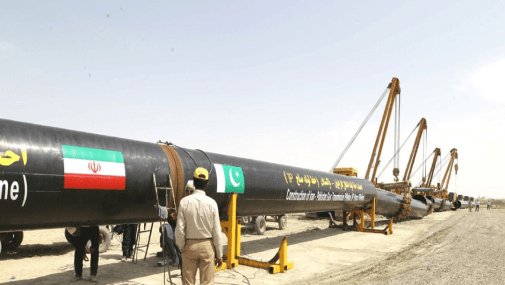A close call?
September 2, 2017 | Expert Insights

An asteroid named Florence will be passing within 4.4 million miles of Earth.
This is the largest asteroid in more than a century to come this close to Earth, according to NASA. However, rather than a cataclysmic event, this will be an opportunity for scientists to conduct research.
Background
The first asteroid to ever be discovered and documented by humans was the Ceres. Giuseppe Piazzi, an Italian Catholic priest of the Theatine order, mathematician, and astronomer, spotted the asteroid back in 1861. At the time, it had been considered a planet. Today, there are over 600,000 known asteroids in the Solar system. The United Nations has declared June 30th as the International Asteroid Day in a bid to educate the public more about asteroids.
The presence of asteroid Florence has been known to mankind since 1981. It was discovered by an astronomer called Schelte J. Bus, who is currently an Associate Astronomer at the University of Hawaii. He spotted the asteroid at the Siding Spring Observatory in Australia in March 1981. The asteroid has been named after Florence Nightingale. This is the closest this asteroid will ever come to Earth. The next time it will be this close will be after 2500.
Analysis
Florence will pass by Earth from about 7 million kilometers away. There have been other asteroids that have passed by Earth but none have been as big as Florence. The asteroid is reportedly three miles wide. According to scientists, any impact by an asteroid more than half a mile wide could have worldwide repercussions on planet Earth.
Florence will brighten to ninth magnitude in late August and early September. It will become visible even to small telescopes for multiple nights during this period. Paul Chodas, manager of NASA’s Center for Near-Earth Object Studies (CNEOS) at the agency's Jet Propulsion Laboratory in Pasadena, California said, “While many known asteroids have passed by closer to Earth than Florence will on September 1, all of those were estimated to be smaller. Florence is the largest asteroid to pass by our planet this close since the NASA program to detect and track near-Earth asteroids began.”
However, anyone worried about the threat possessed by Florence in the near future can breathe easy. Such an event is unlikely to take place during our lifetimes and many more after that. Choddas told CNN, “Certainly not for the next several centuries, and not likely over the next many millennia either. It's possible this asteroid could threaten our planet in the far distant future, but it's unlikely."
This will provide scientists to study the asteroid through radar based observations. NASA reports, “Radar has been used to observe hundreds of asteroids. When these small, natural remnants of the formation of the solar system pass relatively close to Earth, deep space radar is a powerful technique for studying their sizes, shapes, rotation, surface features and roughness, and for more precise determination of their orbital path.”
Assessment
Our assessment is that Florence offers scientists an excellent opportunity to understand more about celestial objects. This is certainly not an existential threat to humanity.








Comments